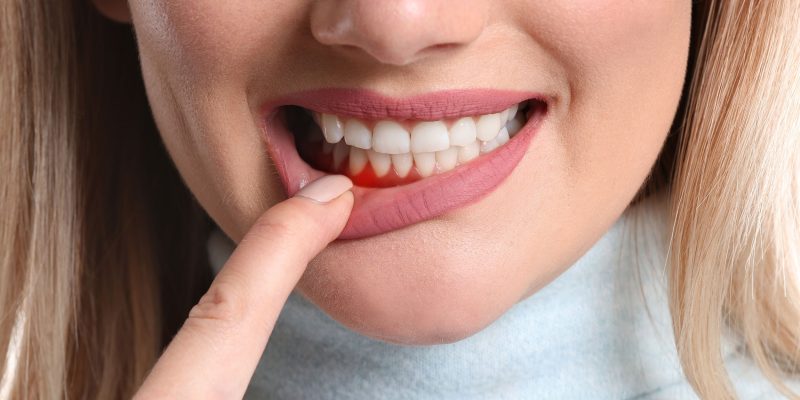Periodontal disease is a progressive destruction of the supporting structures of your teeth. Bacteria, plaque, and calculus contribute to infection and inflammatory reactions that gradually destroy your soft tissues and spread to the underlying jawbone if not treated on time.
There are several treatment options for periodontal disease offered at the dental clinic Brookhaven, GA depending on the type of the disease, and the severity of the symptoms. This helps restore your oral form, function, and aesthetics.
A comprehensive guide to periodontal disease
Periodontal disease or gum disease is a common dental infection caused by an increased bacterial infiltration that leads to plaque and calculus accumulation. The acids and toxins released from them erode the soft tissues (gingivitis) and may progress to the underlying jawbone (periodontitis), due to an inflammatory reaction by your body’s defense system. Since it is a progressive disease, if left untreated it can eventually lead to tooth loss.
Symptoms
- Discolored gums
- Bleeding, swollen, and tender gums
- Receding gums
- Bad breath (halitosis)
- Gaps or spaces between your teeth
- Abscess with pus discharge
- Malocclusion
Advanced and effective treatment options for periodontal disease
The treatment for periodontal disease depends on the extent and severity of the condition. Your dentist may adopt the following treatment approach:
- Non-surgical: This works well if you suffer from mild to moderate periodontal disease.
- Antibiotics
-
- These are prescribed in the form of oral drugs or topical gels to fight infection
- Scaling and root planning
-
- These deep dental cleanings are routine procedures that allow the dentist to eliminate plaque, calculus, and bacteria beneath the gum line.
- Root planing involves eliminating plaque and calculus from the root surfaces; this helps prevent plaque adherence.
- Surgical: If you have moderate to severe periodontal disease, you will probably need surgical intervention.
- Flap surgery
-
- An incision is made on your gums and a flap is raised to access the tooth roots and clean them thoroughly.
- Bone grafting
-
- This is an effective procedure to counteract bone loss by replacing the lost tissue with a graft material.
- The graft may be your bone, donated bone, or a synthetic material.
- Gum grafting
-
- Gum grafting helps treat gum recession by placing a tissue graft around the affected teeth and suturing it.
- The graft is obtained from any part of your oral cavity that covers the exposed tooth roots.
- Guided tissue regeneration
- A special biocompatible material is placed between the bone and the affected tooth.
- Platelet-rich plasma (PRP)
-
- PRP is extracted from your blood sample and injected into the deficient areas to encourage bone growth.
Remember…
You may not be able to completely reverse periodontal disease. But, you can manage the condition with early detection, through proper care and maintenance.













Comments